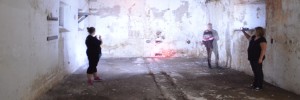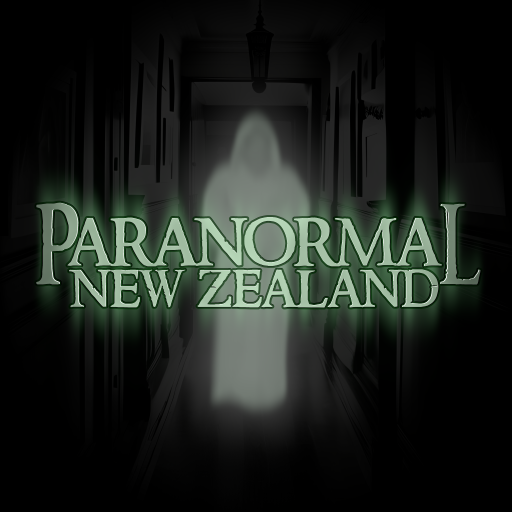“Pioneers in the field…. Leading the way with Paranormal Research in New Zealand” – Connor Biddle, Paranormal Encounters.
“I have much respect for the level of study Mark and his team have put into the paranormal phenomenon through the years. His work is interesting and very well researched.” – Murray Bott, U.F.O Researcher & NZ’s MUFON representative.
”Refreshing to see solid and innovative investigation work, done with passion and honesty. Haunted Auckland stand out in the crowd and dont fit any typical mould. This is a very good thing”. – Paranormal Review newsletter
 Paranormal New Zealand is the home of Haunted Auckland, a Paranormal Investigation and Research group.
Paranormal New Zealand is the home of Haunted Auckland, a Paranormal Investigation and Research group.
Whether you’ve been aware of Mark Wallbank’s research work since the 1980s, attended his early 90s discussion events, received the quarterly newsletters, subscribed to his popular mid-2000s online blog BizarreNZ, followed the Haunted Auckland team since 2010, or just recently discovered us; WELCOME and thanks for joining in the fun, learning, and adventures.
We are a dedicated group of paranormal researchers, all having one thing in common – a passion and drive to find out as much as humanly possible about the mysterious and unknown field that is the Paranormal, as well as documenting New Zealand’s historical buildings and landmarks in their current state.
Paranormal (păr′ə-nôr′məl) adjective.
Paranormal events are purported phenomena described in popular culture, folk, and other non-scientific bodies of knowledge, whose existence within these contexts is described as beyond normal experience or scientific explanation. The term “paranormal” has existed in the English language since at least 1920. The word consists of two parts: “para” and “normal”. The definition implies that the scientific explanation of the world around us is “normal” and anything that is above, beyond, or contrary to that is “para”.
We’re always learning new things, so hope to pass that knowledge on to you all so that you might learn as we do, in this crazy but fascinating world of the paranormal.
Our primary reason for existing as a team is to experience first-hand and document any perceived paranormal activity so that we may learn to better understand the phenomena and the misconceptions surrounding it. Our aim as a research team is to study these phenomena as closely as possible to form more educated opinions via experimentation, documentation, and simply being present at the moment to record and respond accordingly to it and wherever it may lead us.
Firstly a few things you should know about Haunted Auckland. We’re a small Auckland based team of friendly, dedicated, well seasoned and enthusiastic researchers with differing levels of experience, knowledge, skills and expertise. Our investigators are intelligent, honest, compassionate and possess critically thinking (yet wide open) minds. We’re also very good listeners.
We work closely with Property Managers, local Councils and Historical organisations to help preserve local histories, bring further awareness and raise funds by running public events.
In our time, the team has successfully raised many (much needed) thousands of dollars, to assist with the upkeep and general running of these wonderful historic locations. Something we are very proud of.
We are also very proud to have worked alongside and assist both the NZ Police and NZ Fire Services with our work.
Haunted Auckland has it’s roots deep and strong. Going back to 1984, with a team (Auckland Ghost Hunting Group) formed by H.A founder, Mark Wallbank; making them NZ’s longest running Paranormal field-research entity.
What we aren’t:
We aren’t Ghost Busters, Ghost Hunters, Exorcists, Mediums, Clairvoyants or Psychics and we don’t do clearings, blessings or rid homes of alleged demons. We don’t do prayers, rituals, or bring in any religious elements to our work. We aren’t mental health experts or sleep disorder professionals, though we do work closely with mental health professionals.
We travel that spooky road, between sceptic and believer. We are happy to sit right in amongst it all and take the research wherever it may lead us.
While we are sceptical and doubtful of certain cases and ideas, we have seen and experienced enough in our time to realise that dedication to the research is definitely a worthwhile cause. Instead of blindly believing (or disbelieving), or just accepting what we are told is true and real, we prefer to seek out the answers ourselves through first-hand, “boots on the ground” investigation. Experimentation, observation and documentation. We don’t have all the answers and we don’t consider ourselves experts.
We don’t make bold claims we can’t back up with evidence or reliable data.
The team prides itself in being quite a bit different from other paranormal investigation teams out there. We tend to stay away from the mainstream gadget fads.
Research time in locations is valuable and a privilege, so wasting it on pointless flashy boxes that offer no accurate data in return or are vague and open to interpretation (as well as mis-interpretation) is counter-productive and a poorly used opportunity. Thinking outside of the ‘’box’’ confinements of the popular T.V and social media- lead mainstream is something, the team sees as important if the field is to move forward and gain any serious credibility or traction within scientific or academic circles.
The team utilises a combination of old-school thinking and techniques, coupled with a modern way of thinking. Simple and stripped back yet embracing current technology to work though theories and ideas that may find their way into our research. We don’t make claims we can’t back up with evidence or reliable data.
We pride ourselves in keeping it real. No faking evidence or embellishing of facts. If nothing happened, nothing happened.
Why we don’t offer Clearings and Banishings
We decided many years ago to stop offering clearings and cleansings, as the more we learned, the more unethical (even damaging) we could see it was on a few levels.
We wanted to experience and observe these ”beings” and learn about them. Learn from them directly, if such a thing is possible.
To hopefully interact and document as much as we could of it to advance the study of the paranormal.
If the theories on spirits are correct, then clearing, or ”banishing” becomes nothing more than a punishment, torture, an eviction from a home, or even a death. Death to a person (possibly living in an alternative dimension we are yet to even understand or comprehend), that has as much right to exist as ourselves.
Until ghosts, spirits, negative energies, and demons have been sufficiently verified to actually exist, (to which they as yet haven’t, outside of belief, possible misinterpretation, and superstition) it would be unethical to assume a position of knowledge and superiority enough to think we have rights that far outweigh theirs. That we may enter their home and try to evict or eradicate them as if they were cockroaches or some other household pest.
It’s about respect, understanding and compassion; on both sides.
What we are, is “real world” researchers. Learning by doing. If we don’t know something, we say so.
We don’t charge anything for what we do. The opportunity to investigate a location and hopefully further our research is its own great reward.
We follow the Scientific Method as closely as we are able to; though it’s not always easy to create a fully controlled environment and the fact that true paranormal activity is sporadic and very rare means we don’t always have a lot to go on. Still, we do our best with what we have to work with at the time and go wherever it takes us.
We go to where the stories come from in order to see for ourselves. We talk to the people involved to get their sides to the occurrences.
Our conclusions are never really final and we find multiple return visits yield the best results; so have built up trusting relationships with quite a few locations within the historical communities in this country.
Our clean and respected reputation within historical circles is something the team prides itself on, as it has grown over the last decade and is based on well over 200 investigation sessions within that time.
For a full listing of References & testimonials, please visit our TESTIMONIALS page on this website.
Exploration – Observation – Experimentation – Documentation … Ultimately leading to Interaction, Understanding and Conclusion.
KEEPING IT REAL
Please check out our website and don’t hesitate to make contact if you have any queries or would like to know more about what we do.
We’re always happy to talk about spooks!
Through the years the team have investigated:
Auckland
- Auckland Civic Theatre
- North Head
- The Auckland Town Hall
- St James theatre
- Victoria Theatre
- The Howick Historical Village
- The Smith & Caugheys building
- Kinder House
- Lopdell House
- The Pumphouse Theatre
- The Bluestone Room
- Fort Takapuna
- Massey Homestead
- The Hard To Find Bookshop
- Hollywood Cinema
- Avondale Town Hall
- Spookers
- Alberton House
- Bell House
- Theatreworks
- Carrington (Unitec)
- The Queens Ferry Tavern
- Regent Theatre
- Ewelme Cottage
- Laishly House
- Onehunga Blockhouse
- Puhoi Centennial Hall
- Kingseat Hospital
- Puhinui Homestead
- The Kentish Hotel
- AUSA Building
- Helensville Museum
- Waiuku Museum
- Lake House Art Centre
- Molloy’s Antique Centre
- Whatipu Caves
- Capitol Theatre
- Gibbons Homestead
Wellington
- Dixon Street Basement
- Private Residence
- Inverlochy House
Northland
Dargaville Central Hotel
Coromandel
- The Junction Hotel
- Mount Moehau
-
Bella Street Pumphouse
Waikato
- Mokena Hotel
- Palace Hotel
- Te Aroha Grand Tavern
- The Waitomo Caves Hotel
- The Firth Tower Museum
- The Rangariri Hotel
Hawkes Bay
Central North Island
- Chateau Tongariro Hotel Jubilee Pavillion – Marton
Northern South Island
Trout Hotel
West Coast and Central South Island
- Seaview Asylum
- Otira Stagecoach Hotel
Canterbury
- The Old Shipping Office (Akaroa)
Otago
- Cardrona Hotel
- Vulcan Hotel (St Bathans)
Dunedin
- Seacliff Asylum
- Chalet Backpackers
- Globe Theatre
- Dunback Inn
- Leviathan Hotel
- Larnach Castle
United Kingdom
- The Drovers Inn – Scotland
- Traquair House – Innerleithen
- Ancient Ram Inn – Wooton-Under-Edge
- 30 East Drive – Pontefract
- Boleskine House – Scotland
- Ballachulish Hotel – Glencoe
- Chillingham Castle
- The Golden Fleece – York
- Bunchrew House – Scotland
- Oswald House – Kirkcaldy
- The Skirrid Inn – Abergavenny
- Halston Hall – Carlisle
- Airth Castle
- Dalhousie Castle
- Barcaldine Castle – Oban
- The Witchery – Edinburgh
- Edinburgh Vaults – Scotland
- Touchwood House – Scotland
- Greyfriars Kirkyard – Scotland
- The Hellfire Club – Ireland
- Ostrich Inn – Slough
- Caynton Caves – Shropshire
- Four Crosses Inn – Staffordshire
- Torwood House – Scotland
- Dalhousie Castle – Scotland
- Windhouse – Yell, Shetland
- Swan Hotel – Wooton-on-Edge
- Weston Hall – Staffordshire
- Clava Cairns – Inverness, Scotland
- The Queen’s Head Hotel – Troutbeck
- Haunted Antiques Paranormal Research Centre – Hinkley
Australia
YHA [Katoomba]
Hartley Village [NSW]
Quarantine Station [Manly]
The Russell Hotel [Sydney]
Maitland Gaol [NSW]
Kilmore Gaol [Melbourne]
Aradale Lunatic Asylum [Melbourne]
Hawaii
Kaniakapupu Palace Ruins – Nuúanu Pali – Manoa – Oahu Cemetery [Oahu]
Norfolk Island
New Gaol – The Crank Mill – Bloody Bridge
Cryptozoological Field Research
YOWIE RESEARCH: Blue Mountains [ Australia] – Kanangra Ranges [Australia] – Blue Mountains Exploration: Research Area – Bullaburra [Australia]
MOEHAU RESEARCH: Coromandel Ranges [New Zealand] – Urerewa Ranges [New Zealand]
LAKE MONSTER RESEARCH: Loch Ness [Scotland]
… as well as many private home visits around Auckland and surrounding towns and extensive investigation and exploration internationally.
Some of the services and experience we have on offer:
Research and Investigation of buildings, historical locations and businesses
Photo & video analysis
Photographic enhancements
General paranormal consultation
Historical Research
Conferences / Public speaking
Educational talks & fundraising for historical locations
Media interviews

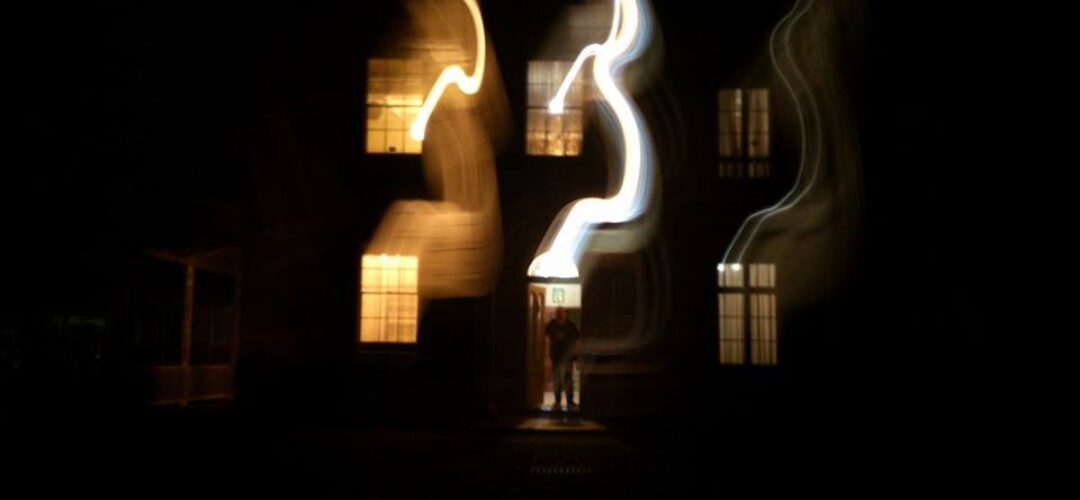

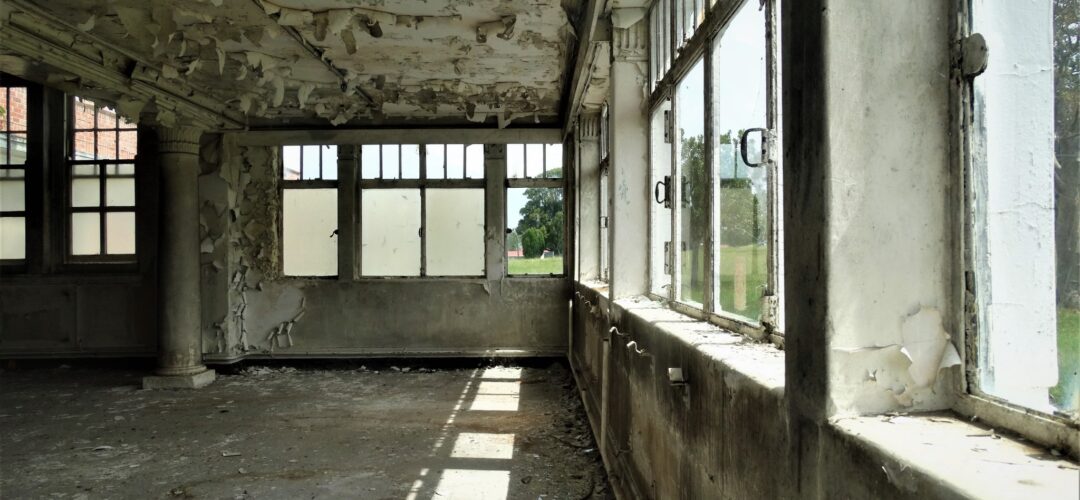
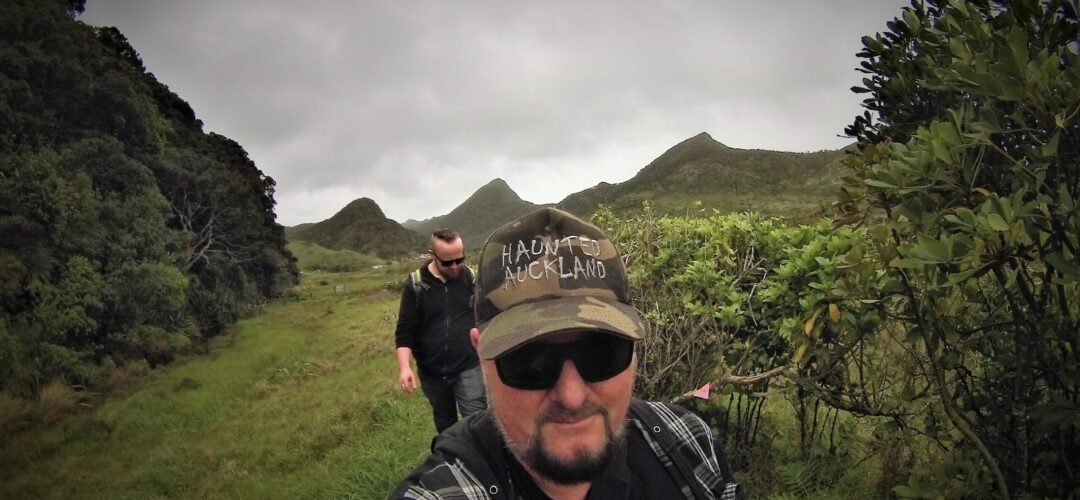
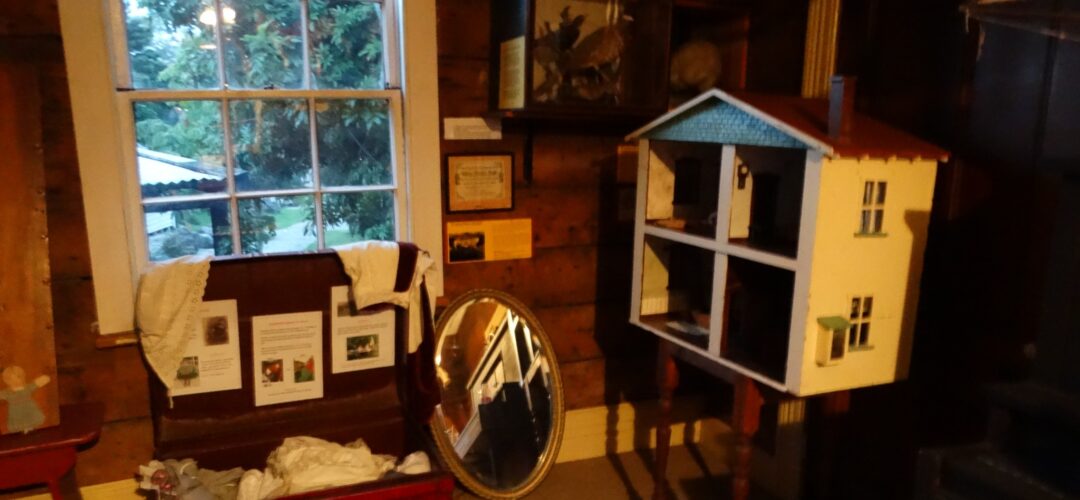
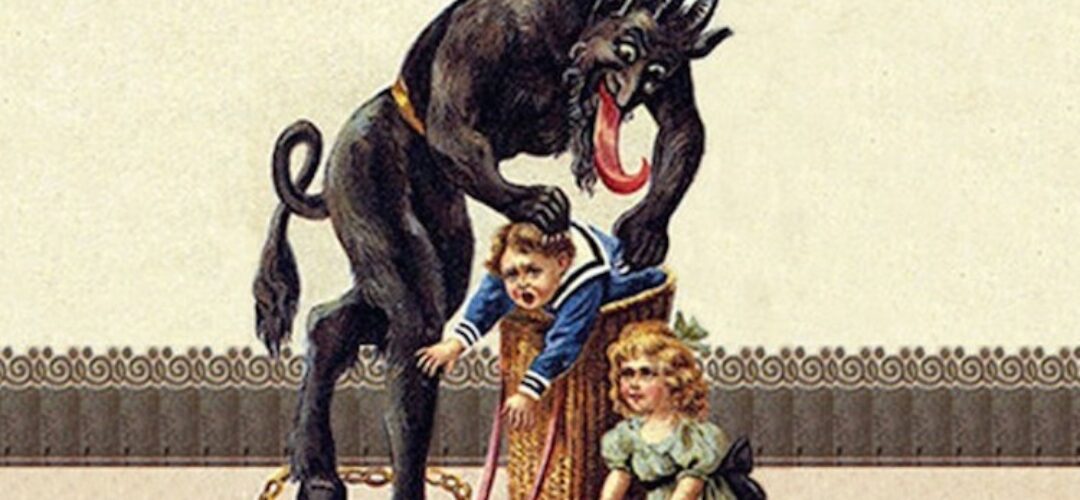
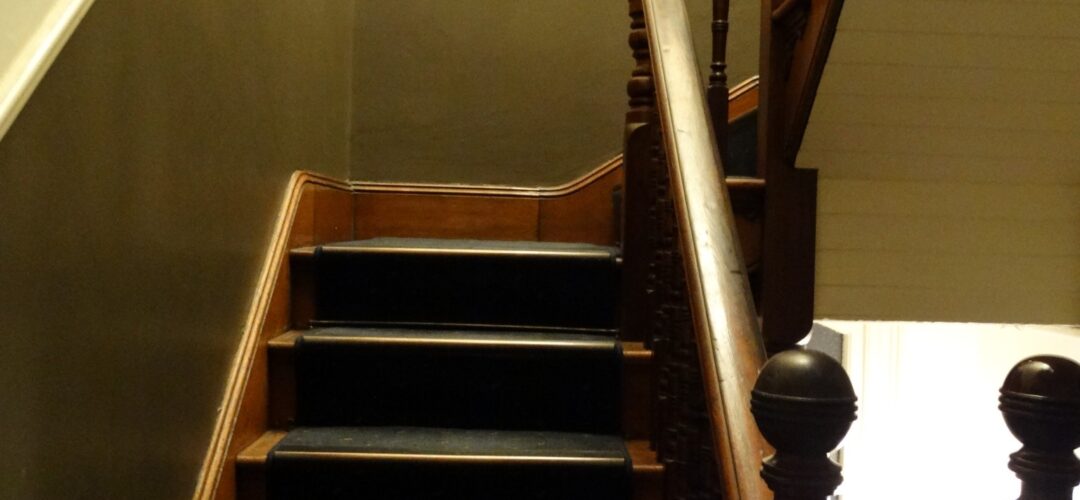
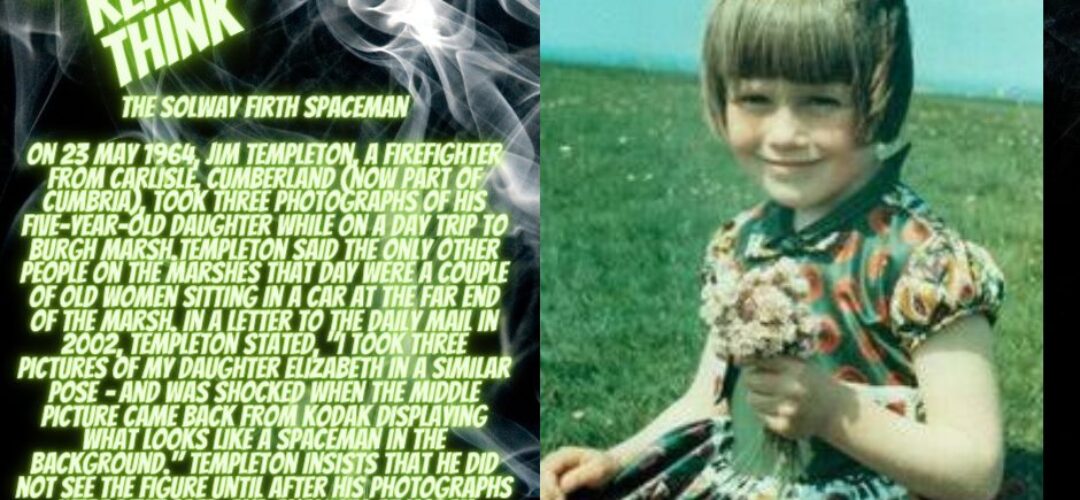
![Northern Cemetery – Dunedin [Photos by Lisa Ward]](https://hauntedauckland.com/site/wp-content/uploads/19601055_1511495508914920_2295937170258414078_n-1080x500.jpg)
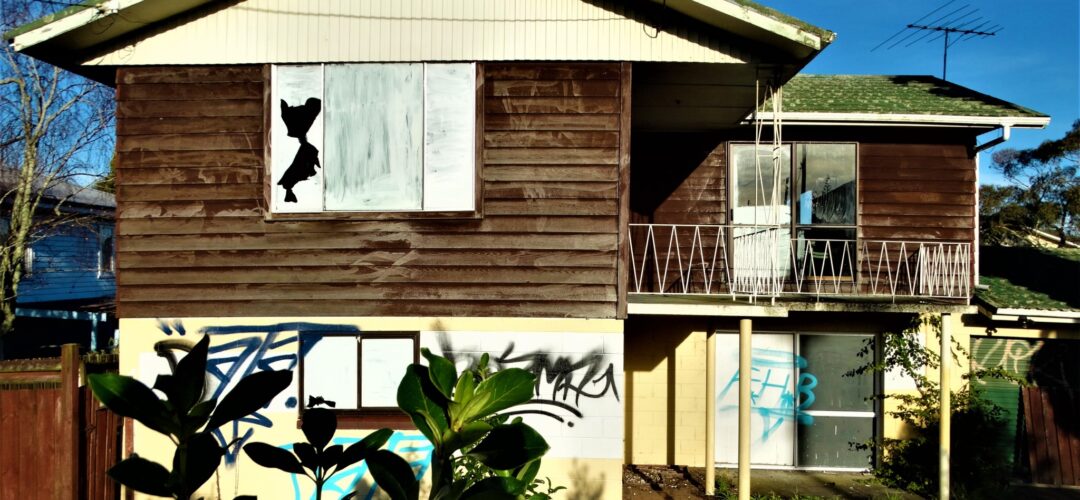

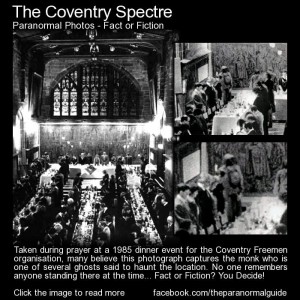


![Northern Cemetery – Dunedin [Photos by Lisa Ward]](https://hauntedauckland.com/site/wp-content/uploads/19601055_1511495508914920_2295937170258414078_n.jpg)
